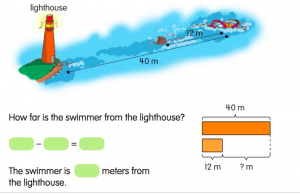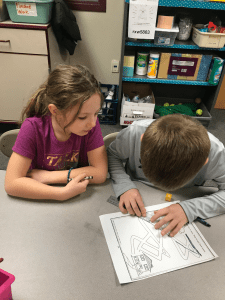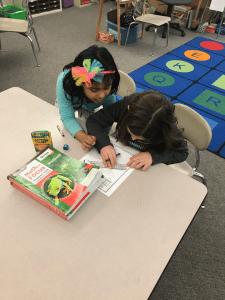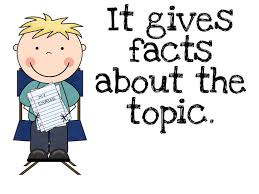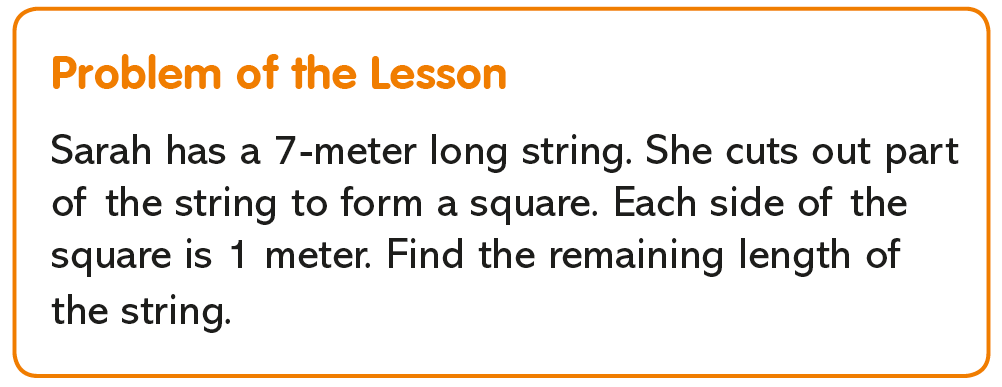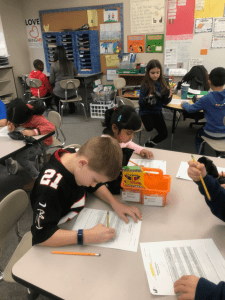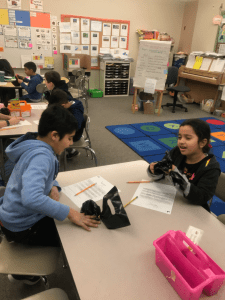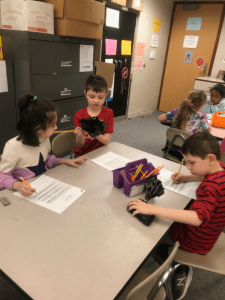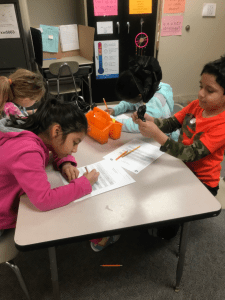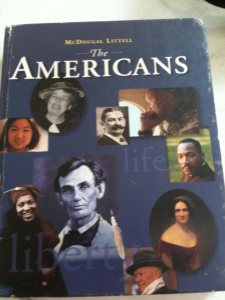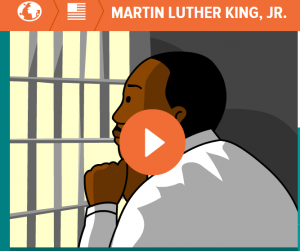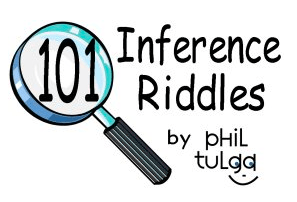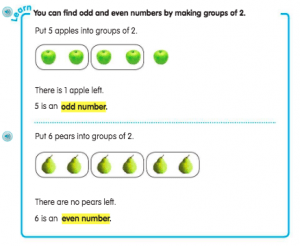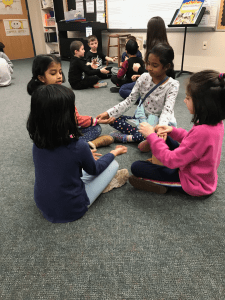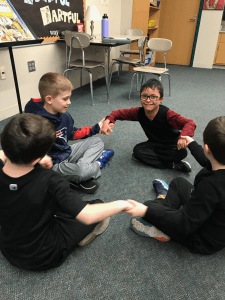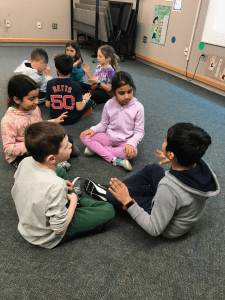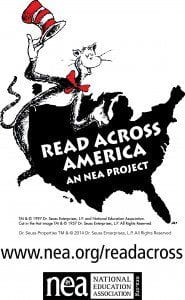Posted by kavery508 | Posted in Uncategorized | Posted on January 27, 2020
 This week we welcome Danielle Carangelo to our classroom! Danielle is a student teacher from Framingham State who will be joining us in the afternoon on Tuesdays this semester. She brings us her experience as an elementary substitute teacher in Milbury and multi-age dance instructor. We’re sure to learn as much from her as she will from us!
This week we welcome Danielle Carangelo to our classroom! Danielle is a student teacher from Framingham State who will be joining us in the afternoon on Tuesdays this semester. She brings us her experience as an elementary substitute teacher in Milbury and multi-age dance instructor. We’re sure to learn as much from her as she will from us!
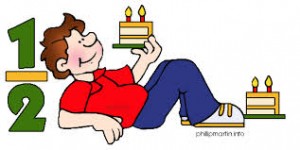 We’re halfway to the end of the year! This is a good time to reflect on our journey, and to thank you for your efforts as partners in your child’s education. It’s remarkable how much growth the kids have shown, from learning skills and critical thinking to their growth as caring members of our learning community. To foster self-reflection, try asking your child to compare how s/he is different now from the start of the year. What things can s/he do now that s/he couldn’t before? What things does s/he still want to learn (goals) and how do they think they can they get there?
We’re halfway to the end of the year! This is a good time to reflect on our journey, and to thank you for your efforts as partners in your child’s education. It’s remarkable how much growth the kids have shown, from learning skills and critical thinking to their growth as caring members of our learning community. To foster self-reflection, try asking your child to compare how s/he is different now from the start of the year. What things can s/he do now that s/he couldn’t before? What things does s/he still want to learn (goals) and how do they think they can they get there?
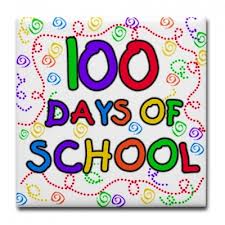 Of course, this means the 100th day of school is two weeks away–at this time, Tuesday, Feb. 11! I will set up a “100 Day Museum” to show off student projects and learning. I encourage children to create a poster/collection/display/etc. that somehow represents 100. Instead of simply collecting 100 things in a bag, I’m challenging students to think more deeply about number. They could bring/show something that displays an understanding of number, patterns, and/or the math we’ve done so far, such as:
Of course, this means the 100th day of school is two weeks away–at this time, Tuesday, Feb. 11! I will set up a “100 Day Museum” to show off student projects and learning. I encourage children to create a poster/collection/display/etc. that somehow represents 100. Instead of simply collecting 100 things in a bag, I’m challenging students to think more deeply about number. They could bring/show something that displays an understanding of number, patterns, and/or the math we’ve done so far, such as:
- grouping objects (stickers/pennies/etc.) on a poster that shows counting (and/or multiplying) by 5s, 10s, 2s, etc., with accompanying multiplication or repeated addition sentences
- bar models using the number 100
- create real-world problems with 100
Click here and scroll down for a look at the creative ways that one class took on this challenge. There is also a plethora of projects and ideas on Google and Pinterest and across the web!
 Valentine’s Day is coming! We will exchange valentines in class on Friday, 2/14. If your child brings valentines in for classmates, please be sure there is one for everyone. There are currently 19 students in our class. Refer to our class list sent home if your child wishes to personalize valentines with names. Of course, hand-made ones are welcome as well as store-bought! Please be sure no food (including candy) is attached per our district policy, and thanks!
Valentine’s Day is coming! We will exchange valentines in class on Friday, 2/14. If your child brings valentines in for classmates, please be sure there is one for everyone. There are currently 19 students in our class. Refer to our class list sent home if your child wishes to personalize valentines with names. Of course, hand-made ones are welcome as well as store-bought! Please be sure no food (including candy) is attached per our district policy, and thanks!
 Solving real world problems with measurement is the focus of this week’s math lessons. Consider the following problem. Kids are being asked to think about distance as a quantity expressed in units of measurement–but the process of problem solving remains the same (Understand; Represent; Solve; Check):
Solving real world problems with measurement is the focus of this week’s math lessons. Consider the following problem. Kids are being asked to think about distance as a quantity expressed in units of measurement–but the process of problem solving remains the same (Understand; Represent; Solve; Check):
Here’s us in action last week, using games to practice measuring accurately in centimeters!

